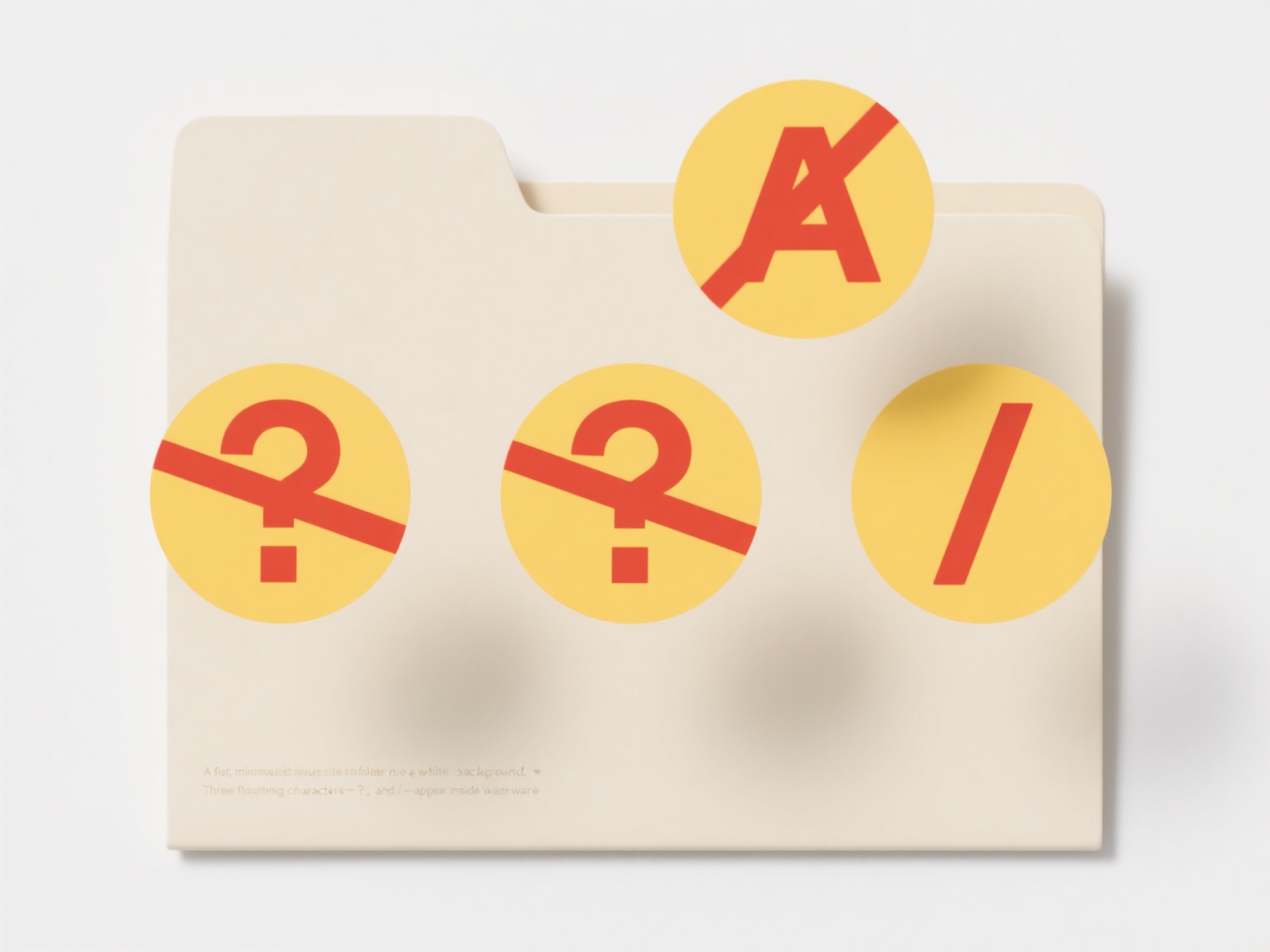
Changing the default program allows you to select which application automatically opens when you double-click a file of a specific type (like a PDF or JPG). Your operating system manages these file associations, linking file extensions (e.g., .pdf) to an installed program. Changing the default differs from just opening a file once with a different program; it permanently sets the application used for all files of that type unless changed again.

For example, on Windows 10/11, you navigate to Settings > Apps > Default apps and choose "Set defaults by file type" (or right-click a file > Properties > "Opens with > Change"). On macOS, right-click a file > "Get Info," expand the "Open with" section, choose an app, and click "Change All." Common scenarios involve setting Adobe Acrobat for PDFs instead of your web browser, or choosing a preferred photo editor for images.
The primary advantage is personalized workflow efficiency, ensuring files open instantly in the applications you use most. Limitations involve remembering different system menus and potential confusion from unexpected default changes (e.g., after installing new software). Overall, controlling file associations significantly streamlines daily computer use and saves time.
How can I change the default program for opening a file?
Changing the default program allows you to select which application automatically opens when you double-click a file of a specific type (like a PDF or JPG). Your operating system manages these file associations, linking file extensions (e.g., .pdf) to an installed program. Changing the default differs from just opening a file once with a different program; it permanently sets the application used for all files of that type unless changed again.

For example, on Windows 10/11, you navigate to Settings > Apps > Default apps and choose "Set defaults by file type" (or right-click a file > Properties > "Opens with > Change"). On macOS, right-click a file > "Get Info," expand the "Open with" section, choose an app, and click "Change All." Common scenarios involve setting Adobe Acrobat for PDFs instead of your web browser, or choosing a preferred photo editor for images.
The primary advantage is personalized workflow efficiency, ensuring files open instantly in the applications you use most. Limitations involve remembering different system menus and potential confusion from unexpected default changes (e.g., after installing new software). Overall, controlling file associations significantly streamlines daily computer use and saves time.
Quick Article Links
How do I label files for approval stages?
Labeling files for approval stages involves adding consistent identifiers to filenames or metadata to clearly indicate w...
Does Wisfile recognize file types even if they are unnamed or misnamed?
Does Wisfile recognize file types even if they are unnamed or misnamed? Wisfile intelligently recognizes the actual c...
Can I use checksums to detect identical files?
A checksum is a digital fingerprint generated from a file's contents using a mathematical algorithm (like MD5, SHA-256)....